 Schwaebisch Hall 6 or 7 centuries ago, where they chained witches to be abused at by the crowd.
Schwaebisch Hall 6 or 7 centuries ago, where they chained witches to be abused at by the crowd.These days its better as a photo prop.
The portal into the mind of Tung Airways... landing in a country near you. Dancing upon the winds of change, forever touched by kindness and strengthened by curiousity.


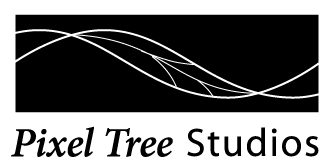
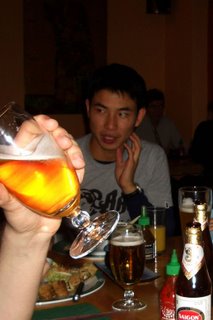
 Google's results are ranked in order according to the arcane PageRank algorithm, which essentially judges a website by the quality of other sites that link to it.
Google's results are ranked in order according to the arcane PageRank algorithm, which essentially judges a website by the quality of other sites that link to it. But content is just as important. As Google's spiders crawl through cyberspace, they break websites down to keywords that can be matched with a search.
Google claims that no one can buy a higher PageRank but the whole optimisation industry is based on the idea that those spiders can be lured or frustrated by site design.
"The process is not very complex, but rather meticulous," Mr Peczek says. "The whole strategy is to develop a network, kind of like a net, which can catch people from different searches looking in different areas."
Every page of a website can be optimised around three or four keywords.
Website text must be "Google-friendly", Mr Petryshen adds. "You must make sure it matches with the way a consumer searches. For instance, most health insurance sites refer to 'health cover' but most consumers search for 'health insurance'."
"We see them all the time - sites that put up a splash page with a bit of Flash," he says. "It does heaps more damage than having a more open home page with some content. Search engines also have a hard time getting past the query strings on database driven sites, and they can't read headings if they're images rather than text."Most of the struggles we have are with design agencies, trying to convince them of the value of search. Every choice has an outcome."
"To a great extent, search-engine optimisation is a repackaging of the basic usability principles," he says. "All the fancy graphics and multimedia mean nothing to search engines, which are basically the world's most influential blind users.
Once webpages are optimised, the next step is getting good quality incoming links. One factor is simply reputation, which is why small start-ups take a lot longer to get noticed, or have to go to greater extremes.Another factor is the competition. If you're in "porn, casinos or pills", Mr Petryshen says, it's going to take a long time and a lot of work to get noticed online. Similarly, the travel and accommodation industries are now well-established and hotly contested on Google's front page.
"Our recommendation is to talk to your partners, see if you can get links from their websites," he says. "Look to directories such as the Yahoo directory. You build up over time."
"We don't spend any money on directory listings,""There aren't any quick fixes for getting inbound links."
MEDIA SHY
How to disappear: Have an entirely Flash-based homepage
Make all your headlines jpegs
Use technical, in-house language
Don't exchange links
Keep your online business a stand-alone operation
Use an unrelated domain name
Links to arrive via javascript, cookies and frames
Make all page titles obscure
Don't have a site map
Avoid popular blogs or media sites
Nielsen Norman Group's eye tracking research reveals how web users look at a page of Google search results.
Red areas are those seen the most by users.
Yellow areas were seen a medium amount and blue areas were seen the least.
The eye concentrates on the first few organic search results, with a noticeable drop-off by the third result. It also shows that pole position in the sponsored links (at right) attracts strong attention. Blue "spots" in apparently empty space are likely to be the eyes flicking over to navigation tools as the user scrolls down through results.
 The new urgent challenge for artists and storytellers is to create interactive artifacts that can induce the same emotional reactions and communicate emotional content as traditional non-interactive stories and art have done.
The new urgent challenge for artists and storytellers is to create interactive artifacts that can induce the same emotional reactions and communicate emotional content as traditional non-interactive stories and art have done.  What is most interesting about the phenomenon of virtual pets are not the toys and software themselves – some of which have minimal interactivity and little or no artificial intelligence driving them – but the fact that some people seem to want to form emotional relationships with them. Some appear quite eager to forget that these characters are artificial and are ready and willing to engage in emotional relationships, even when some of the virtual pets offer little or no reward or “warmth” in return. This offers some promise for the public’s acceptance of the concept of a more advanced virtual friend.
What is most interesting about the phenomenon of virtual pets are not the toys and software themselves – some of which have minimal interactivity and little or no artificial intelligence driving them – but the fact that some people seem to want to form emotional relationships with them. Some appear quite eager to forget that these characters are artificial and are ready and willing to engage in emotional relationships, even when some of the virtual pets offer little or no reward or “warmth” in return. This offers some promise for the public’s acceptance of the concept of a more advanced virtual friend.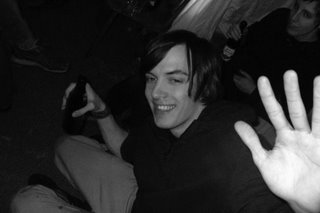 We found that being able to (virtually) touch and hold the characters to be a very effective way of building emotional relationships and creating the illusion of life.
We found that being able to (virtually) touch and hold the characters to be a very effective way of building emotional relationships and creating the illusion of life.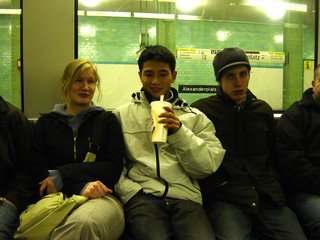
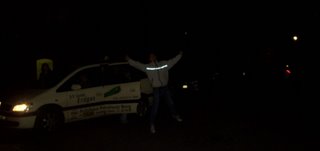 For the games design industry, this level of interactivity and individualisation is the new holy grail, according to Will Wright, the designer of one of the world's most successful games, The Sims.
For the games design industry, this level of interactivity and individualisation is the new holy grail, according to Will Wright, the designer of one of the world's most successful games, The Sims.
www.flickr.com
|